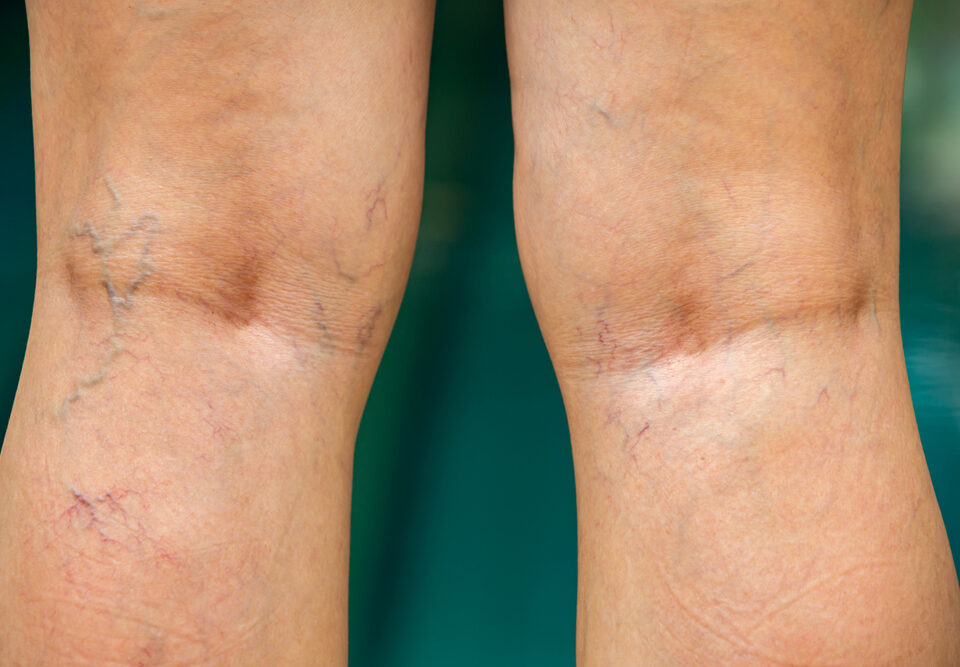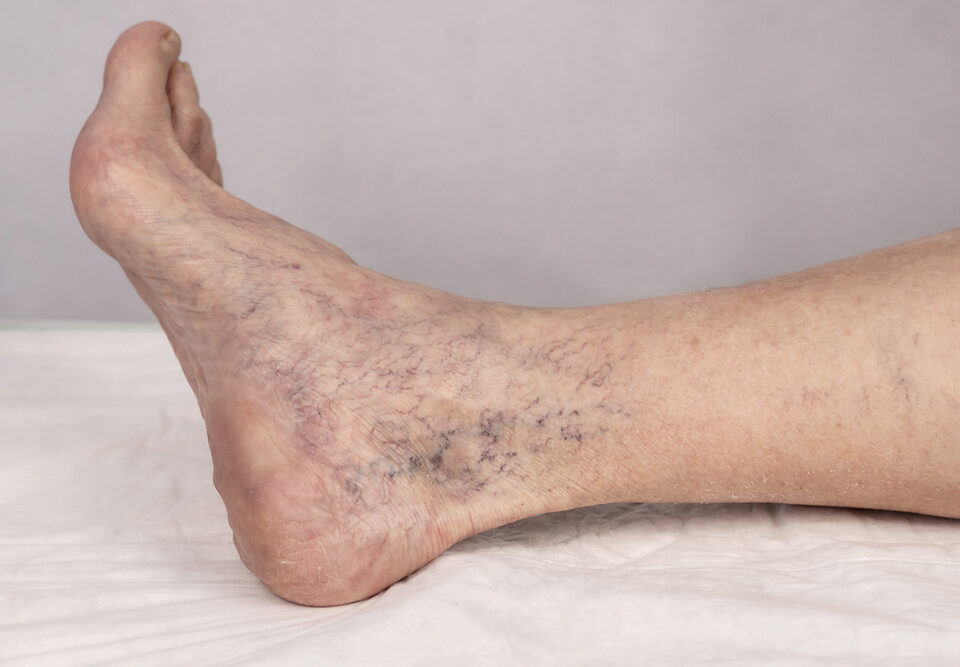An Introduction to Varicose Veins
Varicose veins are enlarged or gnarled veins that most often appear due to unusually high pressure on the veins, most usually on the thighs, ankles and feet. While varicose veins aren’t necessarily pleasing to look at, their disadvantages go far beyond that – they can cause a number of health concerns including pain, swelling, ulcers and soreness in the legs. There are different types of varicose veins, each with unique characteristics. That’s because there are many different types of veins in the body and not all types of veins appear the same when they become varicose. Let’s take a look at some common types of varicose veins.
Saphenous varicose veins
Saphenous varicose veins involve the saphenous veins in the legs, which swell significantly larger than their intended size and bulge out from the skin. The veins appear very large and rope-like. This type of varicose veins can be colorless but are just as noticeable because they protrude out.
Reticular varicose veins
Reticular varicose veins spread like a mesh and cover a wider area on the skin. The veins are typically thicker and appear in red, green, or purple hues. Reticular veins don’t necessarily bulge out but they can be unsightly.
Spider Veins
Spider veins are smaller in size, red or blue in color, and are common anywhere on the body. Spider veins typically spread in a web shape rather than a mesh shape and are also thinner and smaller than other varicose veins.
Why is this Important?
It’s important to understand what type of varicose veins a patient has because it could help understand what causes them. Additionally, different types of varicose veins may have slightly different symptoms and progression patterns. Finally, understanding the type of varicose veins a patient has can help them get the right treatment to ensure more veins don’t also become varicose.
Who Should Examine Varicose Veins?
If you have varicose veins, it’s best to see out a vein specialist. Vein specialists understand veins, the conditions that affect them, and the latest technologies and treatments available to treat them. Additionally, vein specialists can also recommend lifestyle changes and other things you can do to prevent further veins from becoming varicose.
If you are looking for an experienced and high-quality vein and vascular medical center that specializes in vascular and vein-related conditions, Premier Vein & Vascular of Tampa and Largo, Florida is the place for you. Premier Vein & Vascular are experts at the diagnosis, treatment, and prevention of vascular diseases such as stroke, chronic venous insufficiency, deep vein thrombosis, varicose veins, and poor circulation. To learn more, please contact the vascular and cardiology healthcare professionals at Premier Vein & Vascular by calling 1-888-VEINCARE. You can also use their convenient online appointment request form.





